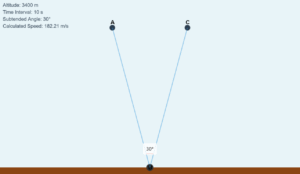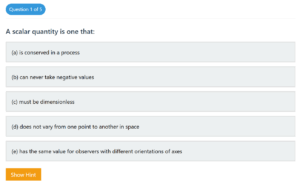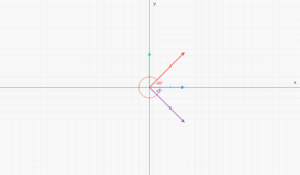Physics Motion Simulator
Visualizing different types of motion and their mathematical relationships
Motion Parameters
0%
50%
100%
Slow
Normal
Fast
Display Options
Physics Principles Demonstrated
This simulation illustrates the relationships between position, velocity, and acceleration for different types of motion. The key question is: Which of the given relations hold true for arbitrary motion in space?
Current Measurements
Time (t):
0.00 s
Time Interval (Δt):
0.00 s
Position at t₁ (r(t₁)):
(0.00, 0.00)
Position at t₂ (r(t₂)):
(0.00, 0.00)
Velocity at t₁ (v(t₁)):
(0.00, 0.00)
Velocity at t₂ (v(t₂)):
(0.00, 0.00)
Actual Average Velocity:
(0.00, 0.00)
Actual Average Acceleration:
(0.00, 0.00)
Mathematical Relations
(a) v_avg = ½(v(t₁) + v(t₂))
False
(b) v_avg = [r(t₂) - r(t₁)] / (t₂ - t₁)
True
(c) v(t) = v(0) + a·t
False
(d) r(t) = r(0) + v(0)·t + ½a·t²
False
(e) a_avg = [v(t₂) - v(t₁)] / (t₂ - t₁)
True
Position
Velocity
Acceleration
Path
Time Points
Explanation
For arbitrary motion in space, only relations (b) and (e) are always true because they represent the definitions of average velocity and acceleration respectively. The other relations make assumptions about the nature of the motion:
- Relation (a) assumes velocity changes linearly with time
- Relations (c) and (d) assume constant acceleration
These assumptions only hold for specific types of motion (like uniformly accelerated motion) but not for arbitrary motion in general.



